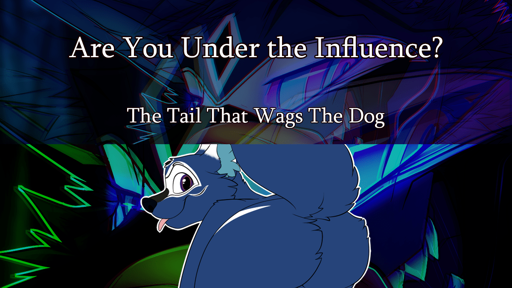

I’m curious whether you or @BlueMonday1984@awful.systems are familiar with the concept of MINASWAN. The only time it’s appeared in the discussion is in one of the apologies posted by one of the Ruby Central board members, as their signoff line. Quoting a 2016 analysis of MINASWAN in which it is argued that Ruby’s central tenet is not MINASWAN, but wa (和):
Just for the record, MINASWAN is at least half true. Matz is nice. … I would not call DHH nice. … So if MINASWAN is really a basic truth about the Ruby culture, then how does DHH fit in at all? … MINASWAN is garbage. It’d be more accurate to say, “Ruby showcases the Japanese value of 和, but we are arrogant Americans, so we reduce this to a really basic American idea, harshly compressing it in the process to a state where it cannot possibly mean anything any more, instead of bothering to learn something about the outside world for once.” But MINASWAN was already a long acronym, so I guess they had to draw the line at RSTJVO和BWAAASWRTTARBAIHCIITPTASWICPMAAMIOBTLSATOWFO.
Also, I really think it’s worth understanding that Ruby is not at risk here. Ever since the release of RPG Maker XP in 2005, Ruby has been a staple of embedded scripting for game engines. Really, what we’re seeing here is the demise of Rails.







Other Scott has clarified his position on citational standards in a comment on his blog:
In contrast, the Gauge’s standard is that a claim needs reproducible computable artifacts as supporting evidence, with inline comments serving as sufficient documentation for those already well-versed in the topic, and any supporting papers or blog posts are merely a nicety for explaining the topic and construction to the mathematical community and laity at large. If a claim is not sufficiently strong then we should introduce more computational evidence to settle the question at hand.
For example, Leng 2024 gives a construction in Lean 4. If this is not strong enough then the Gauge could be configured to compile a Nix-friendly Lean 4 and expend some compute in CI to verify the proof, so that the book only builds if Leng’s proof is valid. Further critique would focus on what Leng actually proved in terms of their Lean 4 code. Other Scott isn’t convinced by this, so it’s not part of the story that they will tell.